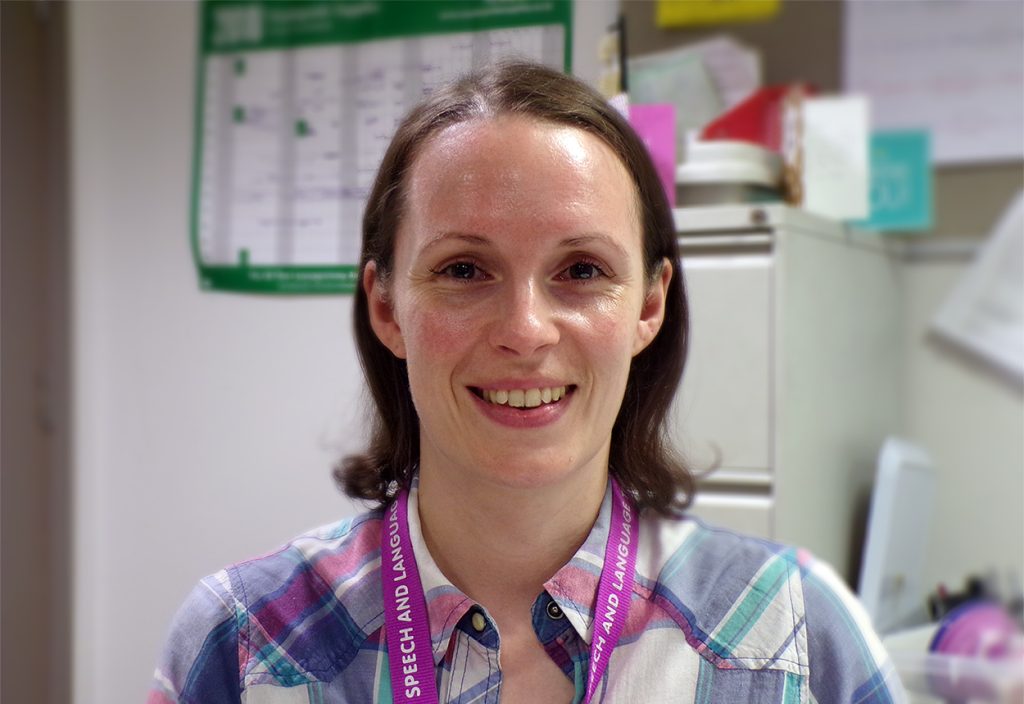A fear of prejudice
With our funding, Speech and language therapist Freya is learning more about how speech therapy can help trans people.
For some trans people, changing their voice to better align with their identity can be really important. It can relieve feelings of gender dysphoria (distress caused by the sex or gender assigned to them at birth not matching their gender identity) and reduce the likelihood of transphobia.
According to Freya, trans people can be reluctant to call people on the phone as the person on the other end might accidently misgender them based on their voice. Fear of prejudice or gender dysphoria can lead to some trans people withdrawing from society.
“Every year, we see more trans and gender-diverse people using our services,” Freya shared, “I quickly realised that this was an area with a training need.”
"Normally, I am in the position of expert and they are my patient. This was a chance to breakdown that construct and see things differently."Freya Hickey, Speech and language therapist
Learning from the best
Our funding allowed Freya to attend a course run by the Tavistock and Portman GIC (Gender Identity Clinic) in London. This is the largest and oldest gender clinic in the UK, with some of the field’s leading experts. Part of the course was teaching clinicians useful tips and techniques, with practice sessions and exercises to show their application.
They also invited trans people to lead workshops as expert service users, which Freya says was one of the most memorable parts of the course.
The components of a voice
So, how does a speech and language therapist change someone’s voice?
Firstly, it’s not all about pitch. Whilst there are exercises to help change a person’s pitch, there are so many other ways to change your communication. Intonation, pitch variation, filler words, body language – all of these can make you sound more “feminine” or “masculine”. For example, when women want to emphasise something, they tend to rise in pitch, but when men emphasise something, they tend to increase volume.

Speech and language therapist Freya
Learning a lot
“What I found really powerful was the opportunity to meet trans people in a different context. Normally, I am in the position of expert and they are my patient. This was a chance to breakdown that construct and see things differently. All the trans people there were really giving and open to questions. I learnt a lot from them and I feel I understand the community a lot more now,” Freya told us.
The wider picture
The other part of the course was about understanding the wider pathway a patient, or service user, might be on. Speech therapy for trans and gender-diverse people presents some unique complexities.
Outside of the speech therapy, they might be going through medical treatments, seeking psychological support or starting a social transition. The more aware the speech and language therapists are of this, the better they can work together as part of a multi-disciplinary team.
Understanding the full picture allows the speech and language therapists at The Royal London to deliver the best possible care to their service users.
“The voice is the easy bit!” jokes Freya.


